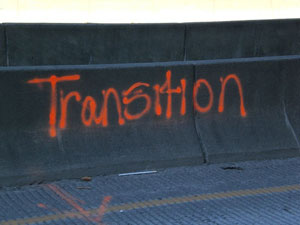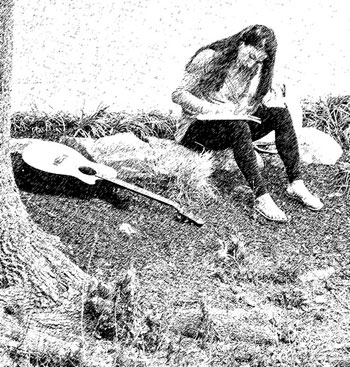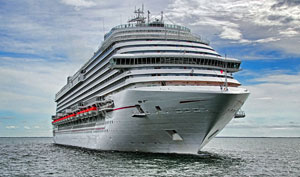
Source: Transition, Jay, Flickr
In addition to learning how to infer meaning, you will also use this lesson to learn how to use transitional words to guide your comprehension.
Transition words are special. They are useful for successful readers because they help show the relationships between ideas within sentences and ideas within paragraphs. Like good drivers who watch for signposts and markers to make their trips easier and safer, good readers use authors’ transition words to make meaning from the text.
The cool thing about transition words is that they can be categorized, meaning that they vary according to the author’s purpose. Recognizing the categories of transition words can help you (the reader) understand more completely what the author is saying.
As you know, there are several ways an author can organize information. Some of them are cause and effect, comparison and contrast, definition and example, problem and solution, and sequential listing.
The way an author organizes text (e.g., cause and effect, comparison and contrast, problem and solution, definition and example, or sequential listing) plays a role in the way a reader gathers information, makes inferences, and draws conclusions. To take a look at how this works, you will now read a few informational texts on the same topic that use different organizational patterns.

Source: Ketchup, Adam Muligan, Flickr
How would you feel about taking a big bite of a ketchup sandwich? That would be pretty strange for most people but it became routine for those who happened to be passengers on the cruise ships that have met with disaster on the high seas lately. Both the Carnival Triumph and the Carnival Splendor experienced crippling disasters while at sea during the past five years. Not surprisingly, this has called into question the safety of taking an ocean voyage.
You will read two excerpts of articles from the New York Times that address this issue. The first excerpt has examples of a cause-and-effect organizational pattern; the second has examples of sequential listing. You will use the texts to see how these patterns of organization influence the inferences readers make and the conclusions they draw about the information in the texts.
Click on the shaded text in this excerpt to reveal think-alouds for each shaded word or phrase under the text box. Words and phrases highlighted in green are related to the cause-and-effect organizational pattern. Words and phrases highlighted in yellow indicate inferences and conclusions regarding facts and opinions.


Source: composing and playing, MTSOfan, Flickr
You can see that when an author organizes the text in a cause-and-effect pattern, it helps the reader know what the author thinks is important, making it easier for the reader to remember the major details of the text. A text written in a cause-and-effect pattern is not without its possible bias, though. When making inferences and drawing conclusions, the reader needs to pay attention to what the author might not be saying, in addition to what is in the text. For example, the authors above do not tell us how rare these instances are. If these problems hardly ever happen, that would be another reason to go without backup power. You may also want to consider what else could be the cause of the particular effect the text discusses, in addition to or instead of what the text says.

Source: A Cruise Ship off the coast of Belize, Mikefairbankc, Wikimedia
Let’s turn to another pattern of organization, sequential listing. Recall that in sequential listing, the text may be organized in chronological order, order of importance, or logical order. Below is an excerpt from the New York Times article “How Normal Are Cruise Mishaps?”
As in the previous example, you can click on the bold text to reveal think-alouds. Words and phrases highlighted in green are related to the organizational pattern of sequential listing. Words and phrases highlighted in yellow indicate inferences and conclusions related to facts and opinions.
